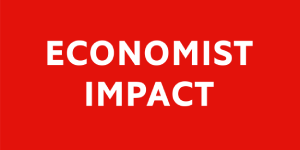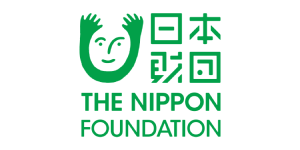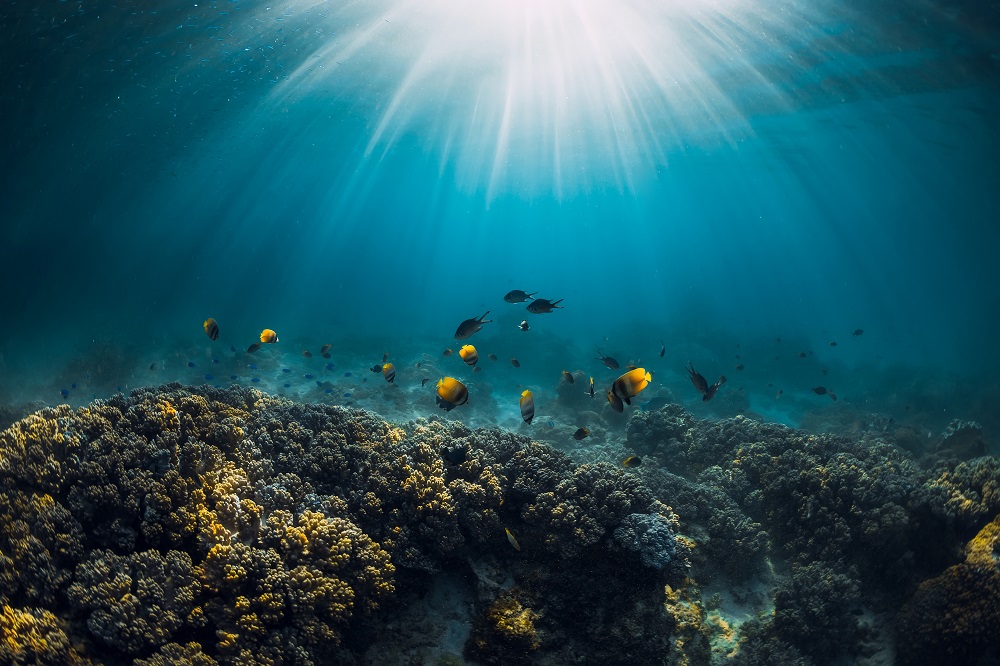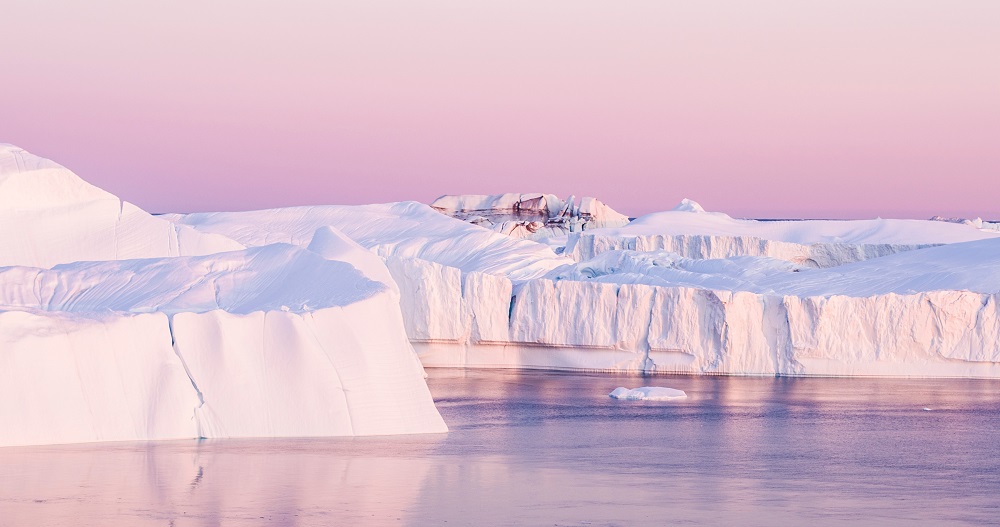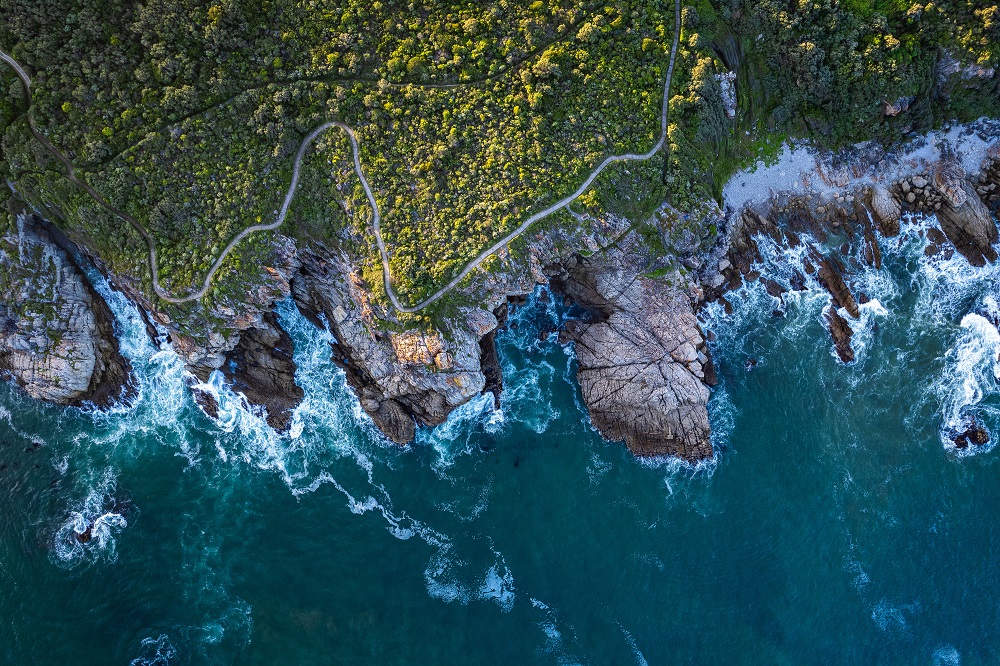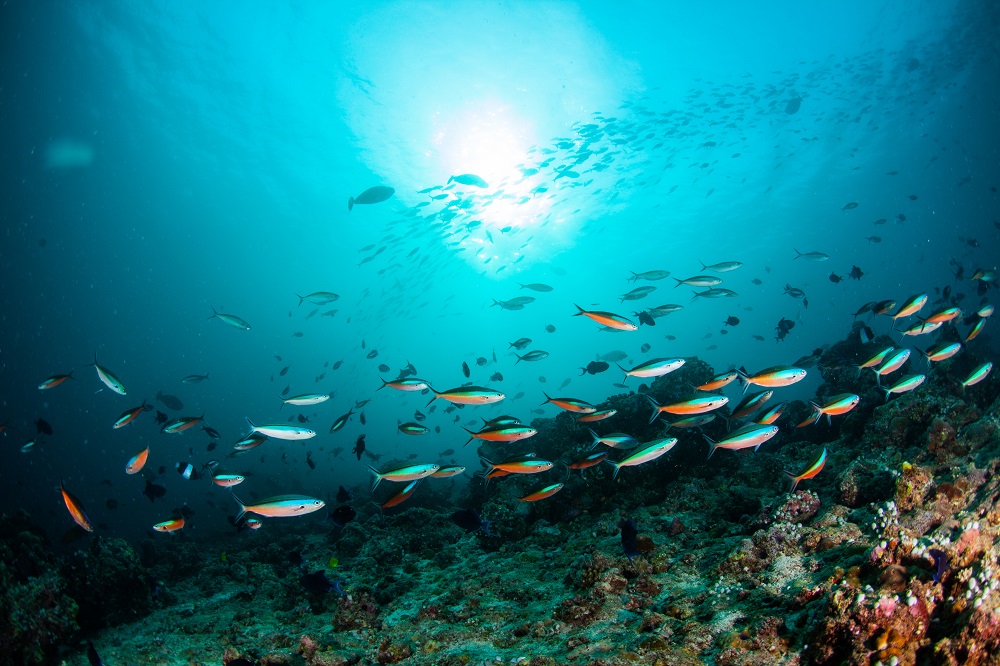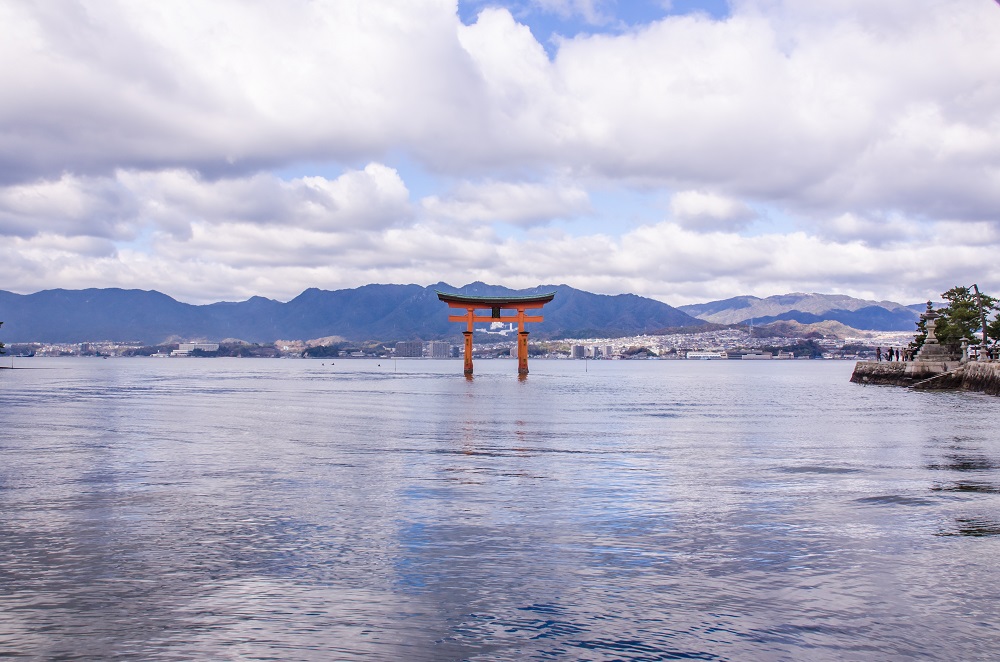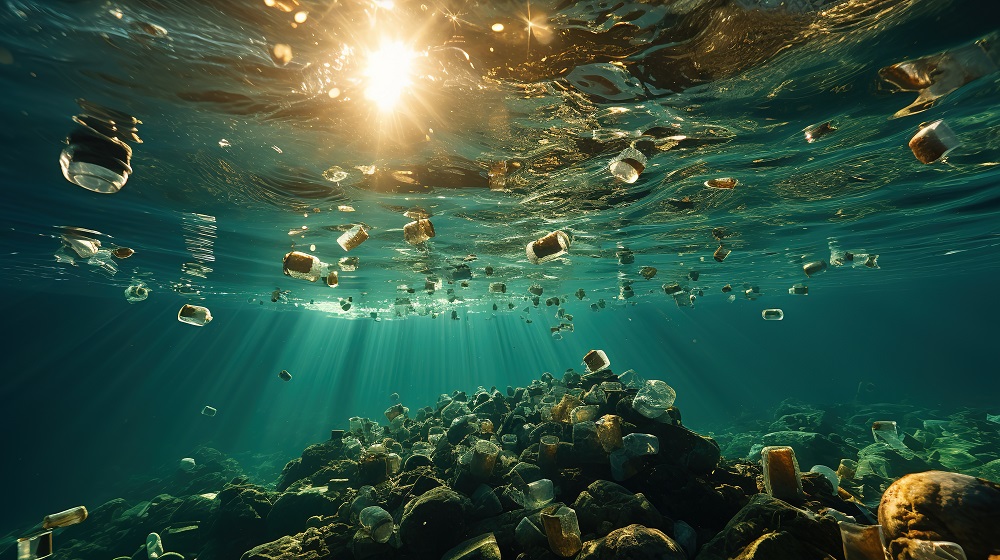The Invisible Wave
Most marine chemical pollution begins on land—about 80% versus 20% thought to originate at sea, according to The Invisible Wave—with freshwater environments such as rivers and lakes providing direct or indirect routes to the ocean.
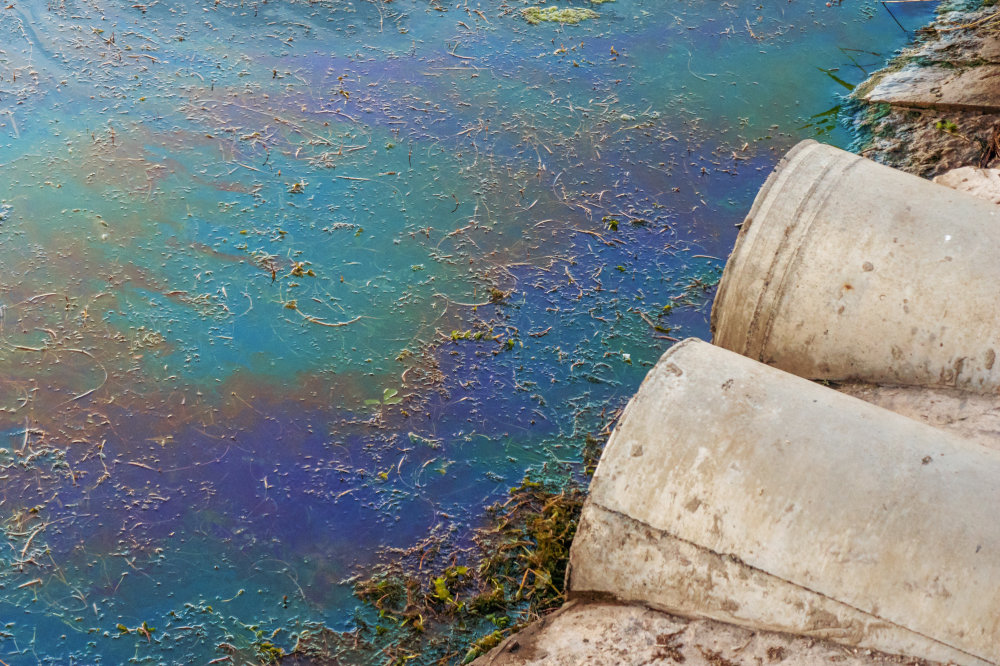
Yet, for several reasons, this 80:20 proportion is not as helpful as it might appear, says Dr Peter Kershaw, an independent consultant on marine environmental protection. For one thing, he says, you cannot apply it to every substance of concern, as they are released in different quantities in different regions and have different effects.
Another factor is the impact that chemicals have. While the global quantity of a particular chemical entering the ocean could be large, more damage might well be done in a particular area by a sea-based source of pollution—for example, the case in 2021 of a tanker carrying tons of nitric acid, other chemicals and plastic pellets that caught fire and sank off Sri Lanka.
The sources of marine chemical pollution, then, are varied and often complex. To try to make sense of them, The Invisible Wave breaks them down into six broad categories (which inevitably overlap to some degree):
- the chemicals industry
- other industries that use chemicals for their products and processes
- consumers
- public use and legacy chemicals
- accidents and
- waste management and disposal
The chemicals lifecycle: From raw material to disposal
Chemical pollution takes place at every stage of the process. According to UNEP, the industries responsible for the largest releases of hazardous chemicals include mining, agriculture, wastewater treatment, energy generation, chemical production, and product-manufacturing use and disposal

The chemicals sector value chain
Olefins (ethylene, propylene, butylene) Aromatics (benzene, toluene, xylenes)
Chlor-Alkali (chlorine, caustic soda) Methanol Bio-based materials (eg, sugars, starches, natural
oils and acids) Others (eg, ammonia, phosphorous)
Commodities Differentiated commodities Technical specialities
Plastics and engineering resins Extruded films, pipes, profiles, coatings, sheets,
foams Blow-molded parts Injection molded parts Composites Synthetic Fibres Rubber products Paints
and coatings Adhesives and sealants Lubricants Water treatment products Cleaning products Industrial
chemicals Flame retardants Many others…
Automotive/transport Consumer products Packaging Building and construction
Recreation/sport Industrial Medical Pharmaceuticals Personal care Textiles Electrical/electronics
Aircraft/aerospace Food Bio-based materials
Source: Chemical Sector SDG Roadmap, World Business Council for Sustainable Development (WBCSD) (2018)
The Invisible Wave seeks to map accountability for marine chemical pollution across the chemicals lifecycle, from those involved in the pre-production phase—including extracting the fossil fuels, minerals and metals that are used to manufacture industrial chemicals—to those who make and use chemicals, and the public- and private-sector operators that manage the end-of-life waste process.
Back to Blue is an initiative of Economist Impact and The Nippon Foundation
Back to Blue explores evidence-based approaches and solutions to the pressing issues faced by the ocean, to restoring ocean health and promoting sustainability. Sign up to our monthly Back to Blue newsletter to keep updated with the latest news, research and events from Back to Blue and Economist Impact.
The Economist Group is a global organisation and operates a strict privacy policy around the world.
Please see our privacy policy here.
THANK YOU
Thank you for your interest in Back to Blue, please feel free to explore our content.
CONTACT THE BACK TO BLUE TEAM
If you would like to co-design the Back to Blue roadmap or have feedback on content, events, editorial or media-related feedback, please fill out the form below. Thank you.
The Economist Group is a global organisation and operates a strict privacy policy around the world.
Please see our privacy policy here.

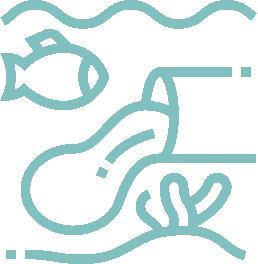
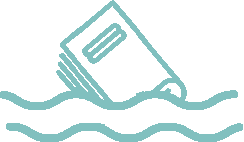
 World Ocean Summit & Expo
2025
World Ocean Summit & Expo
2025 UNOC
UNOC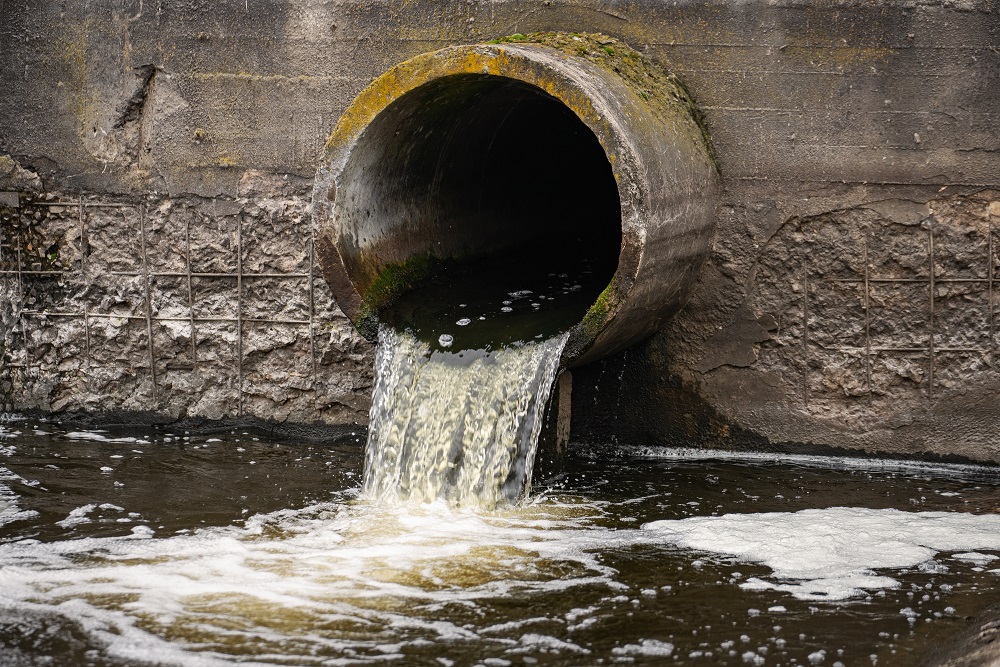 Sewage and wastewater pollution 101
Sewage and wastewater pollution 101 Slowing
the chemical tide: safeguarding human and ocean health amid
chemical pollution
Slowing
the chemical tide: safeguarding human and ocean health amid
chemical pollution Hazardous chemicals in plastics - the discussions at INC
Hazardous chemicals in plastics - the discussions at INC
